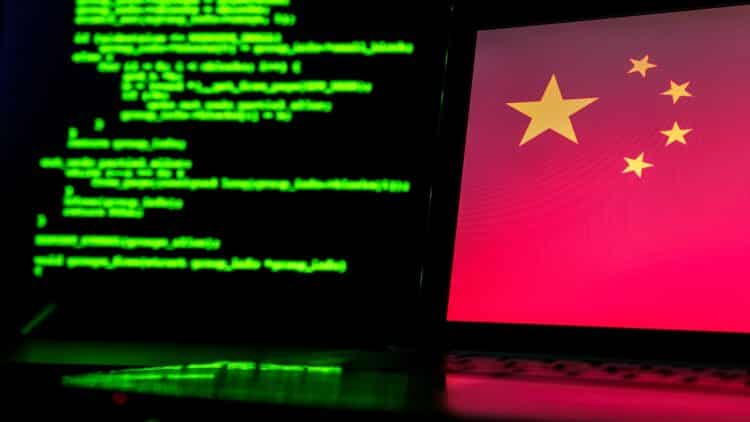Chinese President Xi Jinping has presented a strategic vision that has the potential to change the face of artificial intelligence governance across the globe. In his presentation to the APEC summit in South Korea, President Xi Jinping positioned his country as the promoter of international cooperation in artificial intelligence matters, while the US sticks to its ideology of no international regulation.
China proposes World Artificial Intelligence Cooperation Organisation
Xi Jinping was also prominent during APEC to call for the creation of “World Artificial Intelligence Cooperation Organisation,” which would be his first public say on this Beijing-backed issue. The intention was to establish rules of governance and increase global cooperation to ensure that “artificial intelligence becomes ‘a public good for the international community.’” This move would be substantially different from the current fragmented approaches to AI regulation that are evident among various jurisdictions.
The Chinese President has further added that artificial intelligence has immense importance in terms of development in the future and that it should be beneficial to the people in every corner of the world. Chinese officials have stated that Shanghai, which is the financial hub of China, might be the headquarters of the above-mentioned international body. The location shows that China seeks to be at the epicenter of international deliberations related to AI.
The US’s absence from the summit and strategic considerations
The absence of US President Donald Trump during the APEC summit presented a diplomatic void that was exploited by Chinese President Xi to further his agenda. Trump immediately returned to Washington after his bilateral talks with President Xi, such that during the summit sessions, President Xi dominated the tone with regard to international cooperation and trade.
Beijing challenges the US rejection of international AI regulation
The move is contrary to America’s firm stand on the international regulation of artificial intelligence and comes amid the escalating technology rivalry between the two biggest economies in the world. While America has taken unilateral approaches to regulating artificial intelligence, Beijing pushes for overarching international agreements that set international standards and guidelines.
The Chinese move towards “algorithmic sovereignty” has received impetus from within the Chinese boundaries, thanks to the success that DeepSeek, a Chinese AI developer, has achieved with lower-cost models that are already in use in various Beijing government departments. The technological success shows that it is possible to develop alternatives to American AI models that rely on sophisticated chips produced by California-based Nvidia Corporation.
“Artificial intelligence is an area with tremendous importance to development in the future and must be made in the interest of people in any country and area,” said Xi during the summit.
APEC summit yields mixed results on cooperation
The summit adopted a joint statement and agreements on AI and aging population challenges; the lack of key US officials narrowed the range of possible achievements. The 2026 APEC summit will be hosted by China in Shenzhen. It is an extensive manufacturing city covering robot manufacturing to electric cars. This offers Beijing another opportunity to further its technology diplomacy.
Xi pointed to the transformation of Shenzhen from a fishing village to the present metropolis with 18 million people as evidence of the Chinese economic development model. This adds to the Chinese positioning as an alternative solution to Western development ideology that has taken on increased relevance with the consideration of technology development models by world leaders.
The one-year agreement made after the bilateral talks between Xi Jinping and Trump led to the easing of trade and technology restrictions that had heightened tensions between the two superpowers. But this reprieve does not in any way solve the impasses that exist between the US and China about AI regulation standards, protection of IPs, as well as technology transfers.


